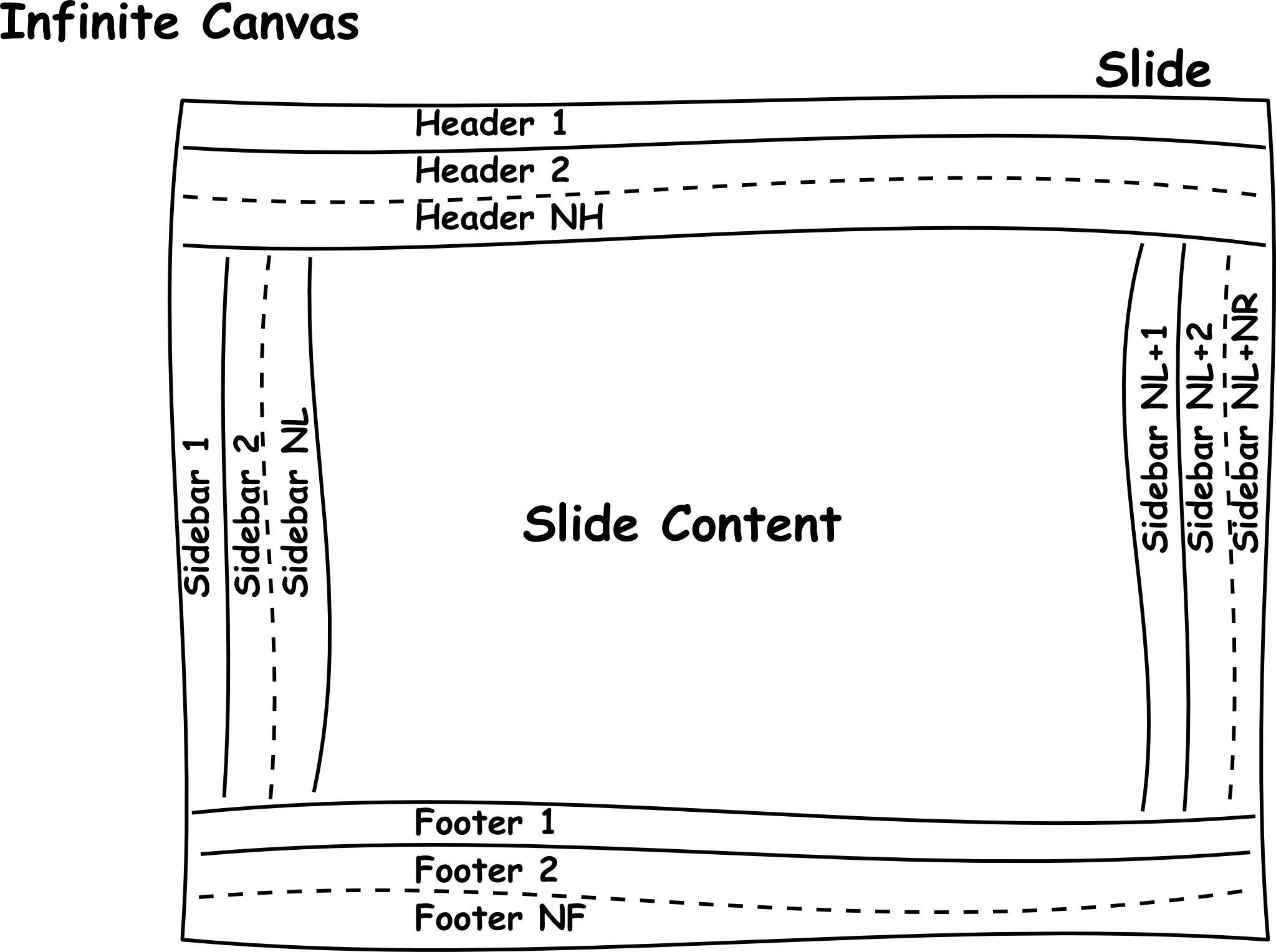-
Notifications
You must be signed in to change notification settings - Fork 11
Presentation structuring
MaTiSSe.py supports the structuring of long presentation. As a matter of fact, for long scientific presentation, it is often useful to structure the talk into sections and/or subsections. Therefore, after the preamble, where typically the user defines theme and metadata, the presentation structuring starts:
# First section
## First subsection of first section
### First slide of first subsection of first section
...As you can see defining a section/subsection/slide is very simple: just use the h1/h2/h3 headings of markdown, respectively. The titles of these structures are available as metadata (e.g. sectiontitle, sectionnumber, slidetitle, etc...) and can be used inside other elements.
Note that if you define at least one section all other subsections/slides before this section are omitted:
## Bad placed subsection
### Bad placed slide
# First section
## First subsection of first section
### First slide of first subsection of first section
...The same is valid if at least one subsection is defined.
If --verbose is used this kind of issues are highlighted into the standard output warnings, but the compilation is still completed.
Note that you can define no sections/subsections at all:
### First slide of unstructured presentation
### Second slide of unstructured presentation
...This is a valid unstructured presentation with no sections/subsections.
The use of h1/h2/h3 headings precludes to insert such a title into the slides contents. However there other 3 headings (h4/h5/h6) should be enough. If this is not the case, the first 3 heading can still be used into your sources, but they must be inserted with the html syntax:
<h1>Heading 1 title</h1>At this point, it is useful to define the MaTiSSe.py universe

Basically there is an infinite canvas over which the presentation is rendered. The main element of the presentation object is obviously the slide. The slide element is composed by:
- N_H headers, with N_H being an arbitrary number;
- N_F footers, with N_F being an arbitrary number;
- N_L left sidebars, with N_L being an arbitrary number;
- N_R right sidebars, with N_R being an arbitrary number;
- 1 main content.
All the code after a slide title will be inserted into the slide content element, whereas the contents of headers, footers and sidebars are defined by the slide theme and presentation metadata. These latter elements are by default disabled, thus the slide content occupies the 100% of the slide surface:
### Example of slide contents
#### This is a h4 title example
This contents is placed into the **content** element of the slide that is the only one being enabled by default.
##### This is a h5 title example
This placed below the previous h4-titled paragraph. Note that an empty line defines a new paragraph into the html output. The headers, footers and sidebars are treated into the Theming section, while in the following is discussed only the slide contents writing.
Home | About | Getting Started Guide | Usage | Copyright © 2014 szaghi